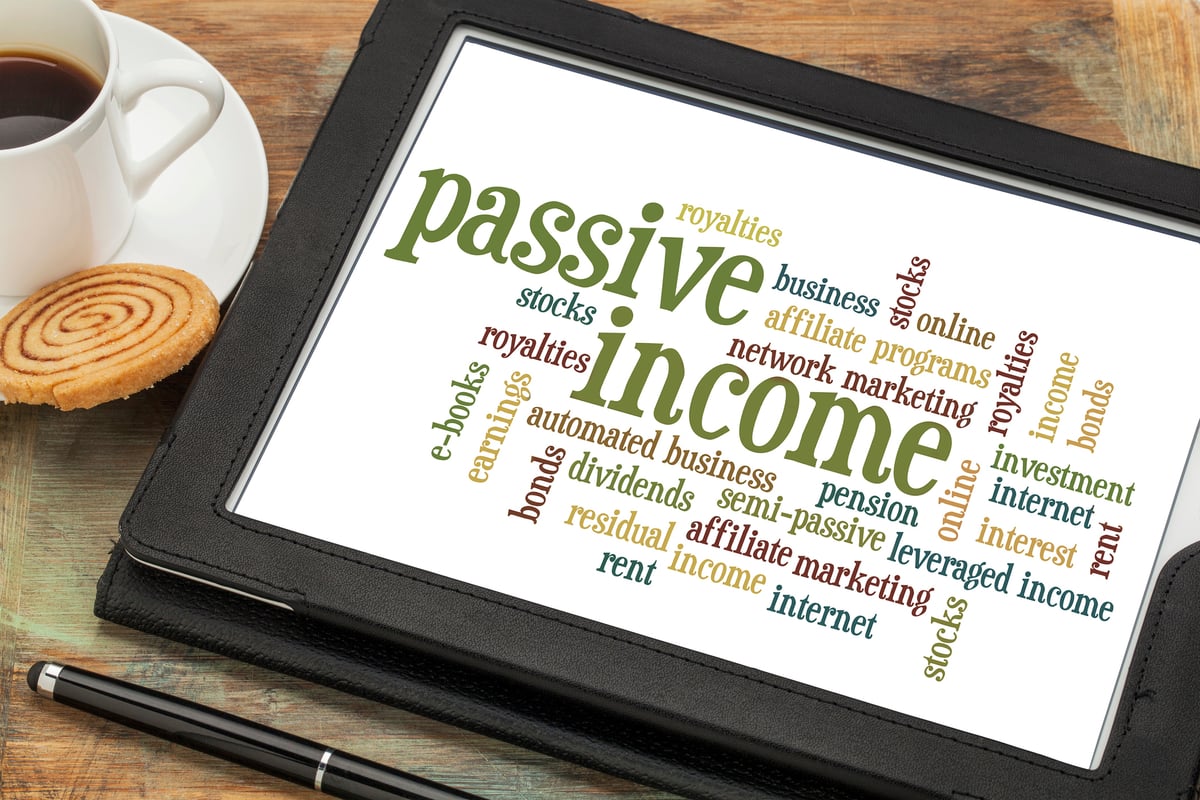The Clorox Company (CLX +1.76%), the largest producer of bleach in the United States and the company behind brands such as Tilex, Burt's Bees, Kingsford, Pine-Sol, and Green Works, as well as its namesake brand, has watched its stock trade erratically in 2014 and weak earnings have played a primary role in preventing a sustained rally. With this in mind, the company has just announced that it will release its fourth-quarter earnings on August 1, so let's take a look at its most recent report and the expectations for the upcoming release to determine whether the tides are about to turn for Clorox and if its stock represents a long-term buying opportunity today.

Source: Clorox
The lackluster results
On May 1, Clorox released its third-quarter earnings and the results fell short of expectations on both the top and bottom lines; here's a summary:
| Metric | Reported | Expected | Year Ago |
|---|---|---|---|
| Earnings Per Share | $1.05 | $1.08 | $1.00 |
| Revenue | $1.39 billion | $1.43 billion | $1.41 billion |
Source: Estimize
Earnings per share increased 5% and revenue decreased 1.9% year-over-year, and the company noted unfavorable foreign exchange rates and higher trade promotions during the quarter as the primary reasons for this weak performance. Clorox experienced revenue growth in just one of its four segments, household products, which saw 3.6% growth while its cleaning, lifestyle, and international segments reported revenue declines of 3.7%, 3.3%, and 5.6%, respectively.

Source: Burt's Bees
As a result of the drop in revenue and increase in expenses, Clorox's gross profit decreased 2.7% to $579 million and its gross margin took a hit, declining 30 basis points to 41.8%. The company also attributed the slight hit in its gross margin to higher commodity, manufacturing, and logistics costs, which more than offset its cost-saving initiatives and price increases.
Fortunately, the quarter was not a complete disappointment, as Clorox reported $220 million in net cash provided by operations and $26 million in capital expenditures, which resulted in free cash flow generation of $194 million. The company used its free cash flow and the $341 million in cash and cash equivalents it had to begin the quarter to repurchase approximately $130 million worth of its common stock and pay out approximately $93 million in dividends. Clorox ended the quarter with $364 million in cash and cash equivalents, so it could easily accelerate its repurchases in the fourth quarter.
All in all, it was a poor quarter for Clorox and its stock responded accordingly by falling 1.43% in the next trading session. The shares have since recouped their losses and now sit higher, but could be sent back to the woodshed if fourth-quarter earnings miss the estimates as well.

Source: Clorox
What to expect
Clorox has scheduled its fourth-quarter earnings for release before the market opens on August 1 and analysts currently anticipate negative growth; here's an overview:
| Metric | Expected | Year Ago |
|---|---|---|
| Earnings Per Share | $1.34 | $1.38 |
| Revenue | $1.52 billion | $1.55 billion |
Source: Estimize
These expectations call for earnings per share to decrease 2.9% and revenue to decrease 1.9% year-over-year, which would be disappointing in itself, so I do not believe Clorox can report lower results without causing major weakness in its shares. Key metrics aside, here are four other things investors will want to watch for:
- Fiscal 2015 Outlook: It will be absolutely crucial for Clorox to reaffirm or raise, but not reduce, its full-year outlook on fiscal 2015. In its third quarter report, Clorox noted that it expects earnings per share in the range of $4.35-$4.50, flat sales growth, and gross margin expansion of approximately 25-50 basis points compared to fiscal 2014; this is not the most bullish outlook and it does not call for much growth, so I do not think there is any room for a reduction.
- First-Quarter Outlook: Along with a satisfactory outlook on the full year, it will also be important for Clorox to provide adequate guidance for the first quarter; currently, the consensus estimates call for earnings per share of $1.05 for growth of 1% and revenue of $1.35 billion for a decline of 1%, compared with the $1.04 in earnings per share and $1.36 billion in revenue it reported in the first quarter of fiscal 2014.
- Share Repurchases: As mentioned before, Clorox began the fourth quarter with approximately $364 million in cash and cash equivalents, so make sure the company utilizes this and the free cash flow generated during the quarter to continue repurchasing shares and maintain its dividend. Clorox repurchased $130 million worth of its common stock in the third quarter, but I think it could easily spend more than $150 million on repurchases in the fourth quarter. Share repurchases will play a primary role in Clorox's earnings-per-share growth going forward, especially with the slowed growth it has experienced over the last year.

Source: Clorox
The Foolish bottom line
The Clorox Company is home to some of the world's most popular consumer product brands, but it has had a hard time growing its earnings and revenue in 2014 and this has caused its stock to underperform the overall market. It will release its fourth-quarter earnings on August 1, and although the estimates seem attainable, Foolish investors should avoid placing a new investment in it today due to its weak performance over the last few quarters. Investors should instead simply wait for the release of the earnings report and then use the most up-to-date financial information to make an educated decision on whether or not to invest.






